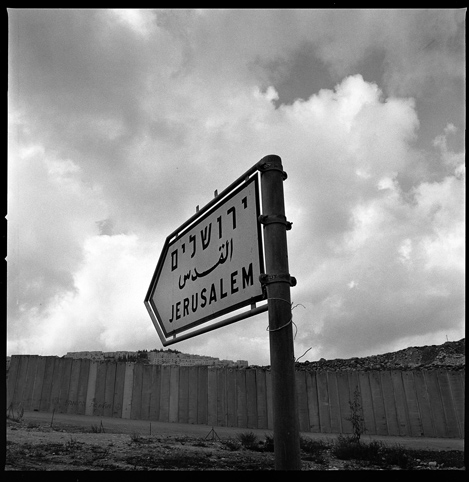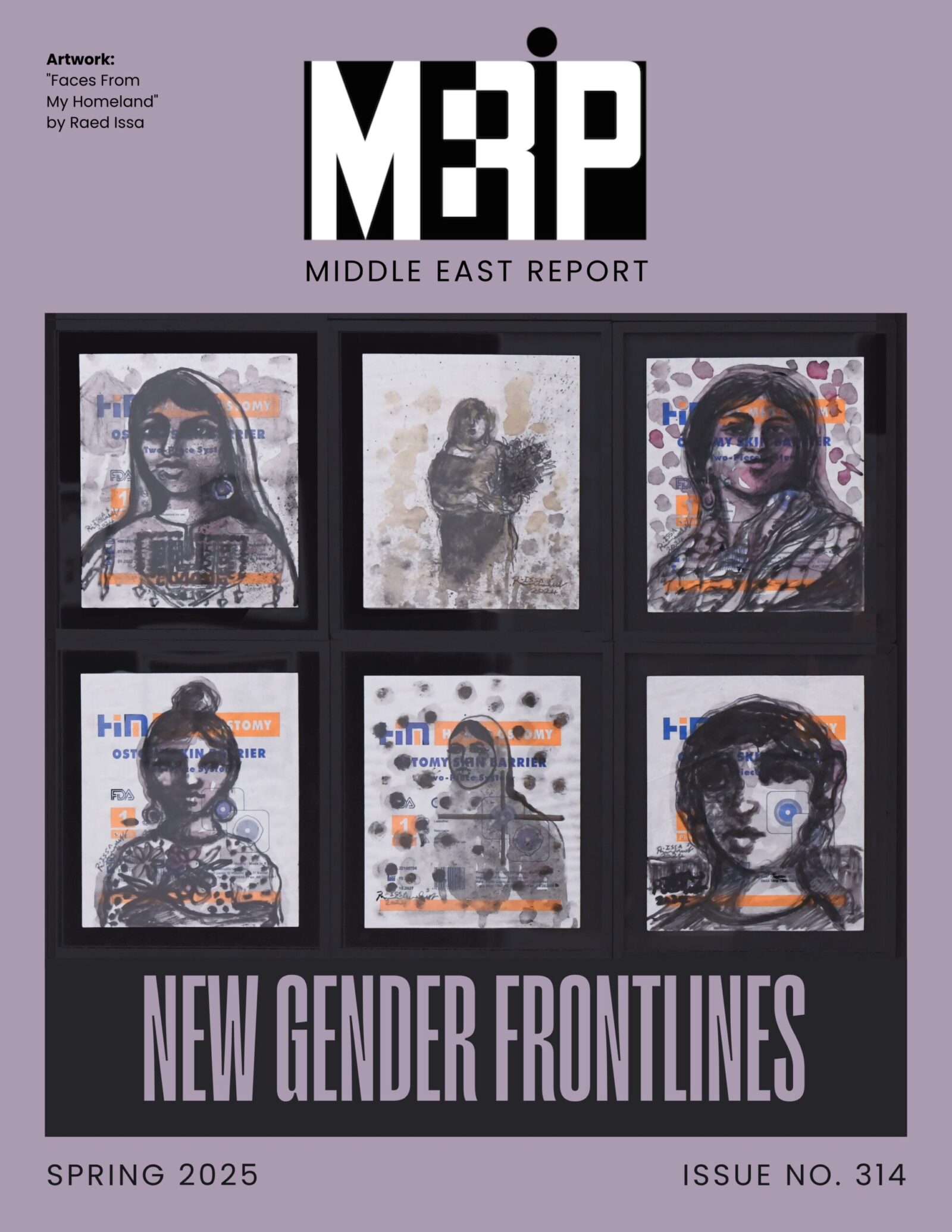IN THIS ISSUE:
Into the Emergency Maze
It was a sunny and warm day in February 2015, in the midst of an otherwise atypically rainy and cold Sicilian winter. Awate and Drissa sat next to one other on the edge of the covered balcony at the small reception center for asylum seekers where they lived. Both wore headphones but their bodies moved out of sync as they followed the different rhythms that pumped into their ears. Driving past the center with his car window down, Roberto commented as I sat next to him: “They always seem so relaxed, with their headphones and flashy shoes. They are taken care of. I wish someone would think about me, too.” Roberto is an unemployed graduate in his mid-twenties, who was born in Sicily and lives with his parents just a couple of blocks away from the center. Roughly the same age as Roberto, Awate escaped indefinite forced military service in Eritrea, and Drissa fled abuses of both armed groups and state security forces in Mali. They both reached Sicily in 2014 after surviving a sea journey along the deadly central Mediterranean route departing from Libya. Unlike many migrants who arrive in and quickly leave Sicily, Awate and Drissa decided not to embark on another uncertain journey toward a northern European destination, and instead entered the institutional maze of Sicilian reception centers for asylum seekers. Awate was forcibly fingerprinted and thus obliged to apply for asylum in Italy according to the Dublin Regulation. Drissa felt exhausted after years on the move and a particularly traumatic sea experience—the boat he was on capsized and he was rescued by the Italian navy just when he thought he had no strength left to stay afloat. His plan was to stay put and try to find what he called “peace and stability” in Italy. However, what Awate, Drissa and many other asylum seekers mainly have found so far is a widespread climate of suspicion and resentment. The comment made by Roberto, their new Sicilian neighbor, is just a small sign of such tension.
Municipal Politics in Lebanon
The municipal system has been a key pillar of debates on administrative decentralization, economic development and political participation in Lebanon. During the late 1990s and early 2000s, activists sought to stop the demolition of the 1924 Barakat Building on the basis that it was a heritage site. In response to public pressure, the Municipality of Beirut expropriated the building in 2013, and has since overseen a contentious process of transforming the space into a memory museum. International donors have increasingly directed aid flows for Syrian refugees in Lebanon through municipalities instead of the central government. Concomitantly, many of these municipalities have imposed curfews and other systematic violations of the civil and human rights of Syrian refugees residing or working within their boundaries. During the 2015 garbage crisis, protesters demanded that waste management revert back to municipalities in Beirut and Mount Lebanon rather than the central government’s Council for Development Reconstruction (CDR). At the same time, several municipalities colluded with the government to create makeshift dumpsites that threatened environmental and health risks. Across such examples, municipalities serve as a crucial site of political praxis in Lebanon.
From The Editors (Fall 2016)
The surprise election of Donald Trump as president of the United States has already had a dramatic and troubling impact on the domestic politics and foreign policy of the US, and it is sure to affect international relations around the world. Trump is the very...
Editor’s Picks (Summer 2016)
Achcar, Gilbert. Morbid Symptoms: Relapse in the Arab Uprising (Stanford, CA: Stanford University Press, 2016). Abu-‘Uksa, Wael. Freedom in the Arab World: Concepts and Ideologies in Arabic Thought in the Nineteenth Century (Cambridge: Cambridge University Press,...
CURRENT ANALYSIS
Footing the Bill While Israel Thumbs Its Nose
It’s tax season again. How about a little accounting?
Every year, Washington sends $3.1 billion of taxpayers’ hard-earned money to Israel. It’s only fair to ask what Americans are getting in return.
That seems especially appropriate now.
Israeli Prime Minister Benjamin Netanyahu is busy badmouthing the tentative nuclear deal with Iran, a major diplomatic achievement for the United States. And a few weeks ago, he declared his opposition to a Palestinian state, a long-standing US priority.
Operation Decisive Storm and the Expanding Counter-Revolution
On the night of March 25 one hundred Saudi warplanes bombed strategic targets inside Yemen under the control of the Houthi rebels. A number of countries—the other Gulf Cooperative Council (GCC) members minus Oman, as well as Egypt, Jordan, Sudan, Morocco and Pakistan—joined the effort either directly or in support capacities. Although the Houthis have been in control of the Yemeni capital Sanaa and the central government since September 2014, it was the flight of president ‘Abd Rabbu Mansour Hadi to Aden and the subsequent Houthi attack on the southern city that constituted the breaking point for Saudi Arabia and the GCC.
Four Weddings and a Funeral in Yemen
On February 21, 2015, the man most countries recognize as president of Yemen, ‘Abd Rabbu Mansour Hadi, escaped house arrest in Sanaa and fled with his family to the southern city of Aden, which he soon declared the new capital. The Houthi movement, or Ansar Allah, that holds sway in Sanaa insists that the Yemen’s seat of government is still there. Perhaps equally confusing to outsiders, however, is the decision of the Southern Movement, or hirak, to suspend its long-standing campaign of protest and civil disobedience aimed at restoration of national independence for the southern provinces that once made up the People’s Democratic Republic of Yemen.
LATEST ISSUES
FEATURED PRIMER

Primer: Palestine-Israel
Read the newest iteration of MERIP’s Palestine primer. Published in March 2025, and updated to reflect developments in the ten years since our previous primer, it provides an overview of key actors, organizations, historic events, political developments and diplomatic initiatives that have shaped the status and fate of Palestinians and the State of Israel from the late nineteenth century to the present.


